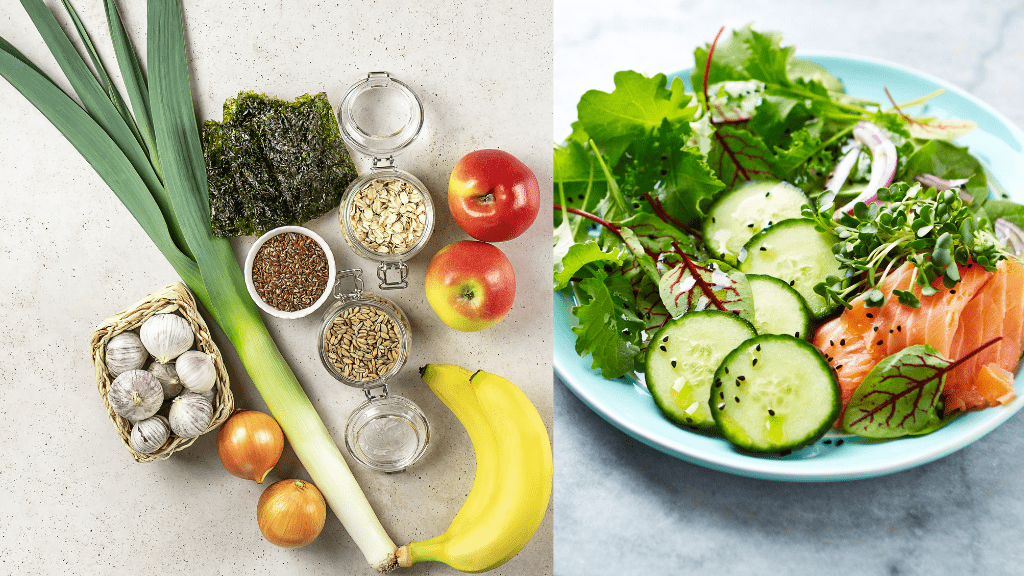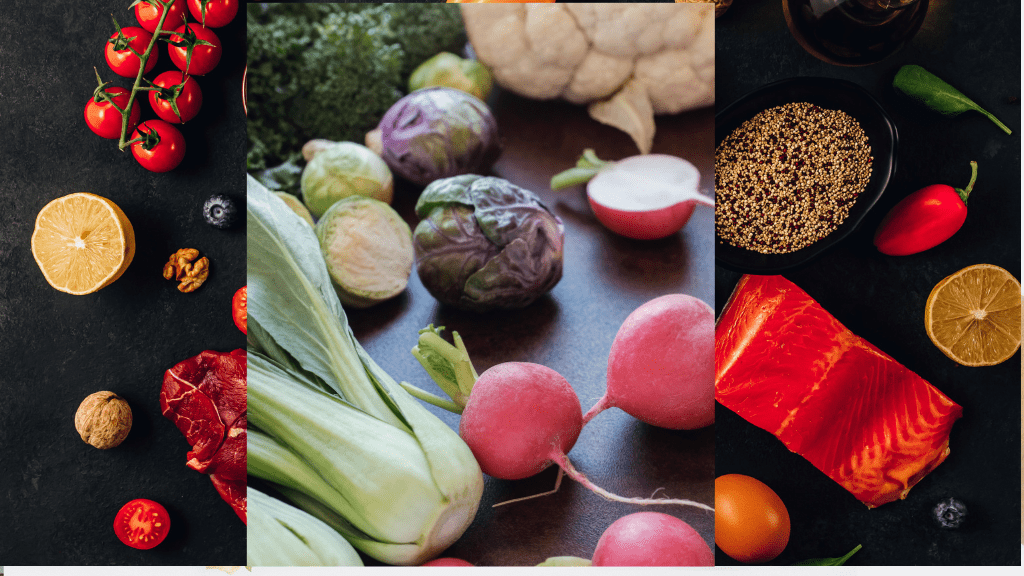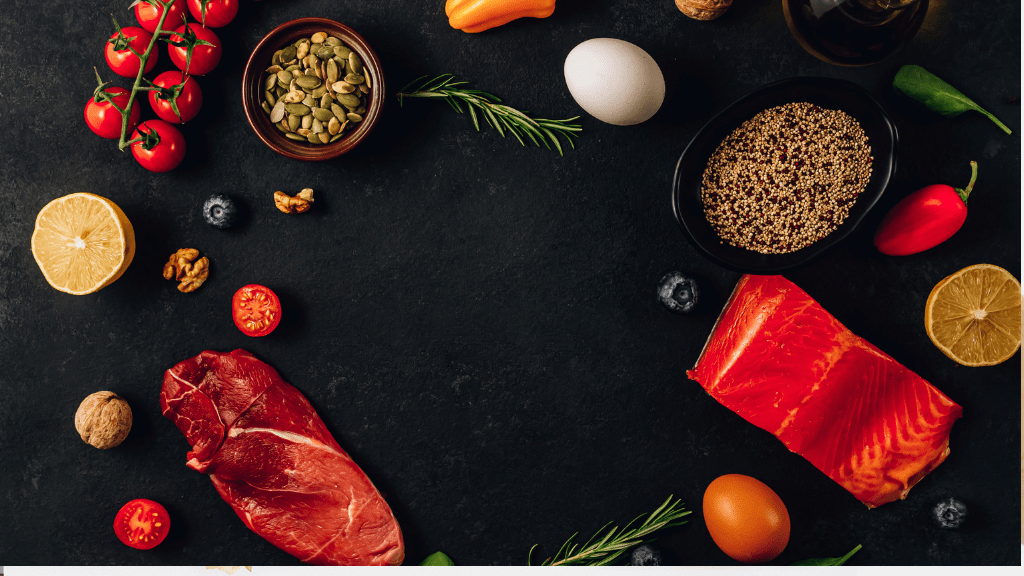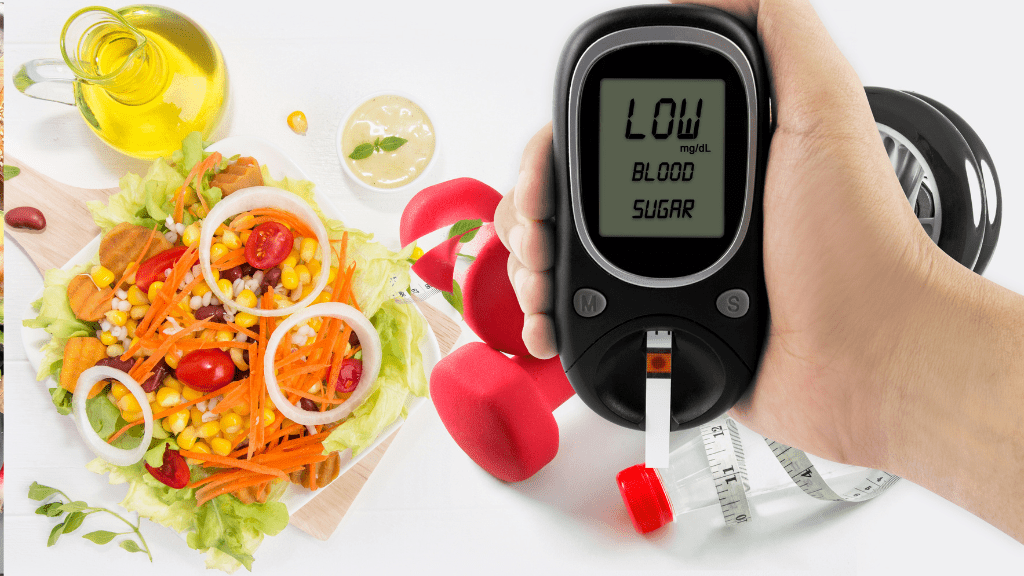How to Pack More High-Fiber Vegetables into a Vegetarian Diet
A vegetarian diet is often celebrated for its health benefits, including a reduced risk of heart disease, obesity, and certain cancers. But to make the most of this lifestyle, it’s essential to ensure you're getting enough fiber. High-fiber vegetables play a critical role in supporting digestion, maintaining a healthy gut, and keeping you full between meals.
Fiber is key to many of the health benefits associated with a vegetarian diet, as it supports digestion, lowers cholesterol, and helps manage blood sugar levels. However, it can be easy to fall into a routine that lacks variety in fiber sources. This blog post explores why fiber is essential for vegetarians and how to pack more high-fiber vegetables into your diet for optimal health and wellness.
Why Fiber is Important in a Vegetarian Diet
1. Supports Digestive Health
Fiber is crucial for maintaining regular bowel movements and preventing constipation. It adds bulk to the stool, making it easier for the body to eliminate waste. A vegetarian diet, especially one rich in vegetables, naturally includes a significant amount of fiber, but it’s important to ensure that a variety of fiber types—both soluble and insoluble—are consumed to support overall digestive health.
2. Promotes Satiety
Fiber helps you feel fuller for longer, reducing the likelihood of overeating. This is particularly helpful if you're trying to maintain a healthy weight. High-fiber vegetables are low in calories and add volume to meals, making them a great option for staying satisfied without consuming excessive calories.
3. Balances Blood Sugar Levels
Fiber slows down the absorption of sugars into the bloodstream, preventing blood sugar spikes after meals. This is particularly important for vegetarians who may rely on carbohydrate-rich foods like grains and legumes. High-fiber vegetables help moderate the body’s glycemic response, supporting overall blood sugar management.
4. Lowers Cholesterol
Soluble fiber, found in many high-fiber vegetables, binds to cholesterol in the digestive tract and helps to remove it from the body. This can lead to lower levels of bad cholesterol (LDL), reducing the risk of heart disease.
Best High-Fiber Vegetables for Vegetarians
When it comes to boosting fiber intake, certain vegetables stand out for their high fiber content. Below are some of the best options for vegetarians looking to pack more fiber into their diet:
1. Broccoli
Broccoli is a nutrient-dense vegetable that’s high in fiber and low in calories. One cup of cooked broccoli contains about 5 grams of fiber, along with important vitamins like C and K. It's also rich in antioxidants and promotes healthy digestion.
2. Brussels Sprouts
Brussels sprouts are another excellent source of fiber. One cup of cooked Brussels sprouts offers around 4 grams of fiber, along with a good dose of folate, vitamin K, and antioxidants. They also have anti-inflammatory properties and support heart health.
3. Carrots
Carrots are a versatile vegetable that can be eaten raw, cooked, or added to various dishes. They provide about 4 grams of fiber per cup and are rich in beta-carotene, which converts to vitamin A in the body, supporting eye health and the immune system.
4. Spinach
Spinach is a leafy green vegetable that’s packed with nutrients, including fiber. A cup of cooked spinach provides about 4 grams of fiber, along with iron, calcium, and vitamins A and C. Spinach can be easily incorporated into salads, smoothies, or cooked dishes.
5. Sweet Potatoes
Sweet potatoes are high in both soluble and insoluble fiber, offering about 4 grams of fiber per medium-sized potato. They’re also rich in vitamin A, vitamin C, and potassium, making them an excellent addition to a vegetarian diet.
Tips for Adding More High-Fiber Vegetables to Your Vegetarian Diet
Incorporating more high-fiber vegetables into your diet doesn’t have to be complicated. Here are some practical tips to help you add more fiber to every meal:
1. Start with a Fiber-Packed Breakfast
Breakfast is a great time to include high-fiber vegetables. Try adding spinach, kale, or broccoli to an omelet or tofu scramble. Another option is to blend leafy greens like spinach into a smoothie along with some fruit and a plant-based protein source. Adding vegetables to your morning meal is an easy way to boost your fiber intake early in the day.
2. Bulk Up Salads with Fiber-Rich Vegetables
Salads are an easy way to pack a variety of high-fiber vegetables into one meal. Start with a base of leafy greens like spinach, arugula, or kale, then add fiber-dense vegetables like carrots, broccoli, and Brussels sprouts. You can also include legumes like chickpeas or black beans for added fiber.
3. Roast or Grill Vegetables for Sides
Roasting or grilling vegetables is a flavorful way to include more fiber in your meals. Vegetables like Brussels sprouts, carrots, cauliflower, and sweet potatoes taste great when roasted with olive oil and herbs. Serve them as a side dish or incorporate them into grain bowls or pasta dishes for a hearty meal.
4. Sneak Vegetables into Sauces and Soups
One of the easiest ways to add more vegetables to your diet is by blending them into sauces or soups. For example, you can add pureed spinach or broccoli to tomato sauce, or blend cooked vegetables into a creamy soup. This method is especially helpful for those who might not enjoy eating vegetables on their own but still want to benefit from their fiber content.
5. Use Vegetables as Snacks
Raw vegetables make for a great high-fiber snack. Carrot sticks, cucumber slices, celery, and bell peppers are all crunchy, fiber-rich options that can be paired with dips like hummus or guacamole. Snacking on raw vegetables between meals not only boosts fiber intake but also helps you feel full and satisfied.
6. Incorporate Fiber-Rich Vegetables into Main Dishes
Vegetarian main dishes like stir-fries, casseroles, and grain bowls can be easily packed with high-fiber vegetables. Add vegetables like broccoli, spinach, and carrots to your stir-fry, or bake them into casseroles for a fiber boost. Grains like quinoa and brown rice also pair well with roasted vegetables, making for a filling and nutritious meal.
7. Try Meat Substitutes Made from Vegetables
There are many plant-based meat substitutes available that are made from vegetables, such as veggie burgers made from black beans or mushrooms. These options are high in fiber and can be used as a protein source in vegetarian meals. They’re a great way to add more vegetables to your diet while also getting a good dose of fiber.
How Much Fiber Do You Need?
The recommended daily intake of fiber is about 25 grams for women and 38 grams for men. However, many people fall short of these recommendations. Vegetarians have an advantage because plant-based foods, especially vegetables, are naturally high in fiber. By incorporating a variety of high-fiber vegetables into your diet, it’s easy to meet your daily fiber needs while enjoying a wide range of flavors and textures.
FAQs About
1. What are some high-fiber vegetables that kids are more likely to enjoy?
Kid-friendly high-fiber vegetables include sweet potatoes, peas, carrots, broccoli, and cucumbers. These vegetables have a mild flavor and are easy to prepare in kid-approved dishes like baked fries, veggie muffins, or served with dips like hummus or yogurt.
2. How much fiber should my child be eating daily?
The recommended daily fiber intake for children varies by age. For kids aged 4 to 8, they need about 19 grams of fiber per day. Older children may need between 22 to 25 grams per day. Including fiber-rich vegetables like peas, carrots, and sweet potatoes in their diet helps reach these goals.
3. How can I get my child to eat more vegetables if they refuse?
If your child refuses to eat vegetables, try blending high-fiber veggies into dishes they already like. For example, you can blend spinach into smoothies or carrots into pasta sauces. You can also make vegetables fun by cutting them into shapes or involving your child in meal prep.
4. What are some fun ways to serve vegetables to picky eaters?
Serving vegetables with dips, making veggie fries, or adding vegetables to muffins are fun ways to serve them. You can also roast vegetables like broccoli with cheese or sweet potatoes with cinnamon to add more flavor, making them more appealing for picky eaters.
5. Can fiber-rich vegetables help with my child’s digestion?
Yes, fiber-rich vegetables like broccoli, peas, and carrots help regulate digestion and prevent constipation in children. Fiber adds bulk to stool and helps with regular bowel movements, keeping your child’s digestive system healthy.
Conclusion
Packing more high-fiber vegetables into a vegetarian diet is essential for maintaining digestive health, promoting satiety, balancing blood sugar levels, and reducing cholesterol. By focusing on fiber-rich vegetables like broccoli, Brussels sprouts, carrots, spinach, and sweet potatoes, and using simple strategies like adding vegetables to every meal, you can easily boost your fiber intake. Whether you're roasting vegetables, blending them into soups, or snacking on raw veggies, adding more fiber to your diet will help you thrive on your vegetarian journey.




